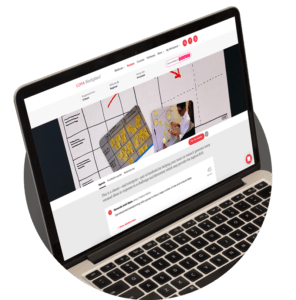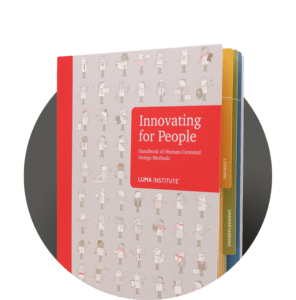Method overview
As Atticus Finch teaches us in To Kill a Mockingbird, “You never really understand a person until you consider things from his point of view—until you climb into his skin and walk around in it.” While any research method can help you better understand people and their needs, Walk-a-Mile forces you to take a person’s journey and experience their joys, conflicts, and weariness. In other words, you must not only see, but also feel what it is like to live in the world as someone else.
Practically speaking, this could mean any number of things: donning the equipment someone uses and performing a task, artificially altering one or more of your senses, foregoing (or perhaps experiencing) some of life’s luxuries, or even living among people of a different society. Whatever the extent, the idea is to deepen your empathy for others, and to use that experience to better inform your decision making. If you can begin to understand people’s motivations, you will better understand their needs.
The benefits of this method
- Helps you gain firsthand knowledge.
- Fosters an attitude of humility.
- Deepens your empathy for others.
- Informs subsequent research activities.

Quick guide
- Identify whose experience you want to replicate.
- Choose the tasks and activities you will perform.
- Assemble what is needed to run a simulation.
- Determine the best location.
- Obtain the necessary access and permission(s).
- Conduct the targeted tasks.
- Do each activity as realistically as possible.
- Note your findings along the way.
Helpful hints
- Commit to the activity fully. Don’t give up early.
- Ask another observer to help you capture findings.
- Use an Empathy Suit to simulate human conditions.
Combining LUMA methods into design recipes
The methods in the LUMA System are great on their own, but they are really powerful when combined into design recipes. Just like when you combine ingredients to make a tasty meal, you can also combine design methods to address challenges such as improving workplace culture or uncovering customer insights.
An example of a recipe from LUMA Workplace®:


Want to learn more about LUMA methods?


